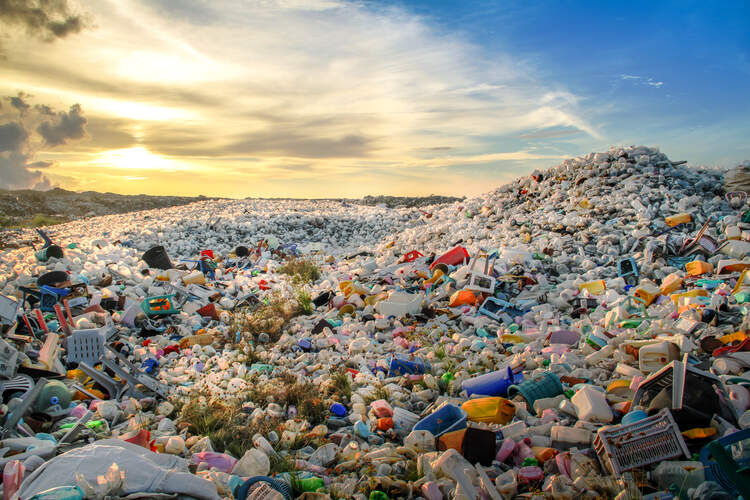
Scientists have developed a new scientifically verifiable test able to discern between plastic and plastic-free products
By
As the impact of plastic products continued to be realised, many are making the switch to plastic-free alternatives to curb the effects of the plastic crisis. But, surprisingly, there is little standardisation surrounding the term ‘plastic-free’.
Now, a group of scientists at the National Physical Laboratory (NPL) are beginning to turn the tide on decades of unverifiable plastic claims. For the first time, a scientifically validated test has been created that can prove whether a material is genuinely plastic-free or not.
Enjoying this article? Check out our related reads:
Working alongside materials innovation company Xampla, NPL scientists have developed the test using advanced spectroscopy and microscopy.
Currently, there is no universally accepted way to verify plastic-free claims, despite mounting regulatory pressure. As such, this work could pave the way for an internationally recognised benchmark for others to adopt.
The EU’s REACH regulation defines plastic as a polymer to which additives have been added. Using this new test, Xampla’s plant polymer materials were found to contain no plastic.
Many consumers are unaware that common household paper and cardboard packaging often contains a thin plastic coating, making it unrecyclable and destined for landfill. In contrast, Xampla’s line of coatings and films – already adopted by organisations such as Just Eat – is made only from natural materials derived from plants.

‘Given the rapid pace of regulatory change, packaging companies desperately need credible assurance about any plastic-free product they buy,’ said co-founder and CTO of Xampla, Dr Marc Rodriguez Garcia. ‘We hope this approach — the first of its kind as far as we know — can now be replicated by others to support plastic-free innovation more broadly.’
According to Smithers, the market for functional and barrier coatings for paper and board is projected to reach 4.25 million tonnes – worth nearly $11 billion – by 2028. Across the next five years, Xampla aims to replace 10 billion items of single-use plastic with its plant-based alternatives.
‘Eventually, this work could lead to the development of standards to support plastic-free materials and processes used to manufacture them,’ said NPL Fellow Professor Max Ryadnov. ‘Such standards will provide manufacturers and regulators with clear and internationally recognised benchmarks against which plastic-free claims can be verified.’
The plastic crisis
More than 400 million tons of plastic is produced annually – 98 per cent of which is derived from fossil fuels. Only around 9 per cent is recycled, resulting in 11 million tons entering the world’s oceans each year – the equivalent of dumping 2,000 garbage trucks full of plastic every single day.
Plastic within the ocean leads to the deaths of more than 100,000 marine mammals and one million seabirds each year.
Each week, UK households discard a staggering 1.7 billion pieces of plastic packaging. In a year, that’s 100 billion pieces of plastic discarded – the same number of stars in our entire galaxy.
Microplastics have even been found within human hearts, lungs, livers, spleens, kidneys and brains. One recent study discovered these forever chemicals in the placentas of newborn babies.




